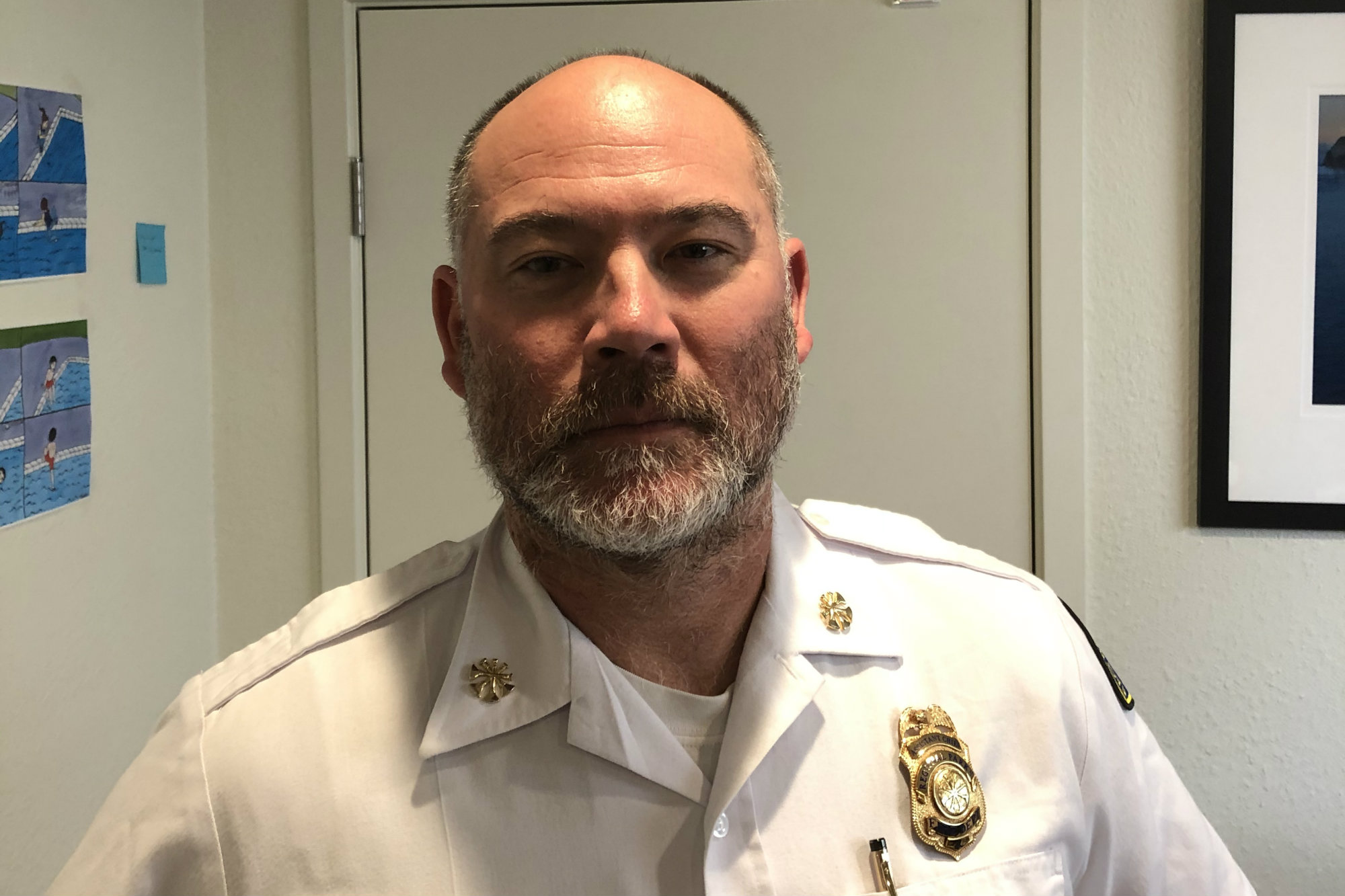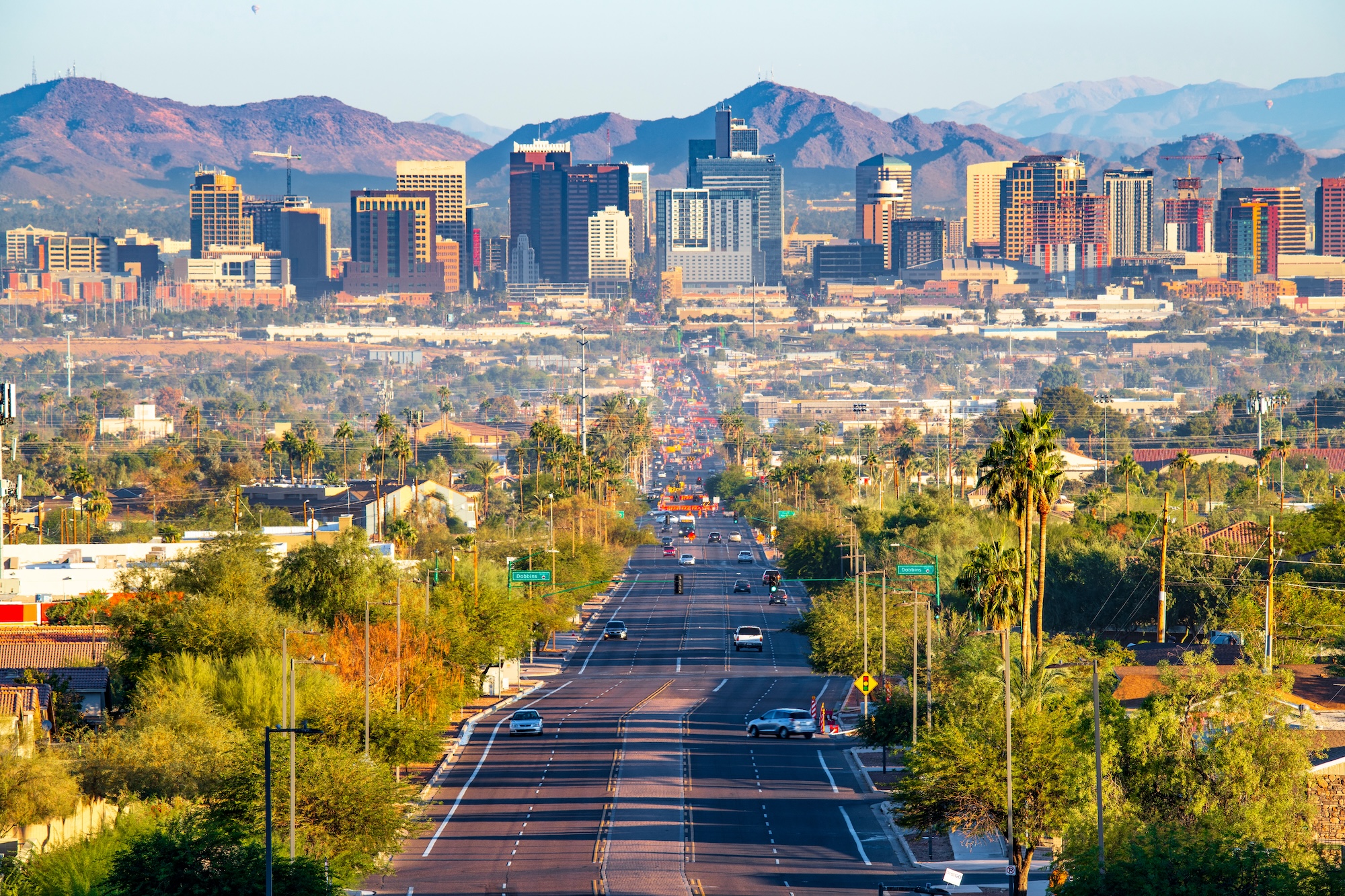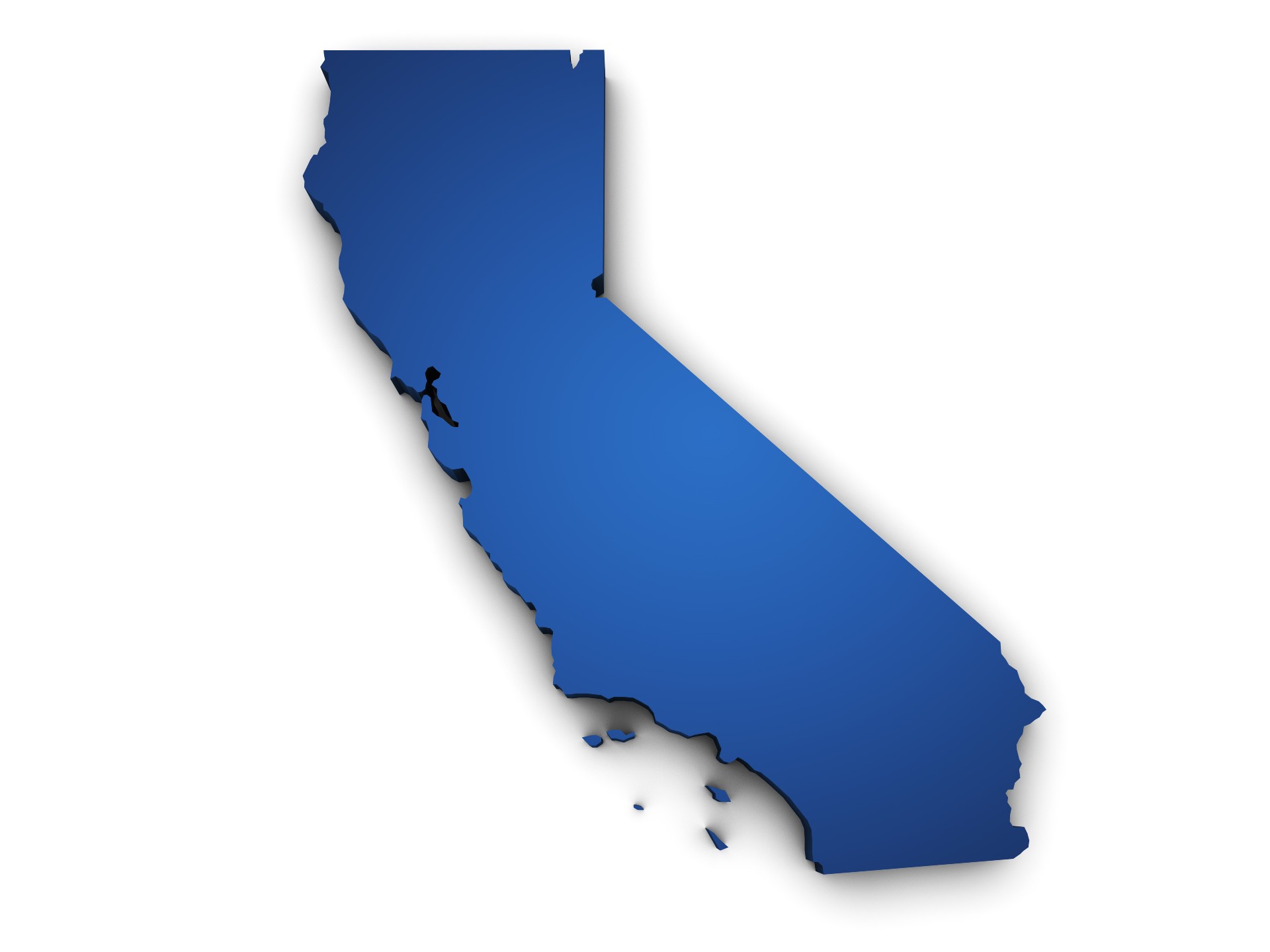It’s July 20, and the soft date for opening recreational swimming is passing by.
Due to an increase in positive COVID-19 cases in our region, County Health here has begun to rescind previous orders that allowed for opening. The cases began to rise last week, so the Lifeguard Service Unit was prepared for the possibility of a delayed opening. Now, it’s almost certain that there will be no swim season for 2020 — no recreational swimming, no lifeguard academy, no junior lifeguards, no learn-to-swim programming.
Still, my staff did a great job onboarding the seasonal lifeguards in anticipation of an opening. They were thorough in facilitating the requalifying 550-yard swims, skills reviews for returning lifeguards, and their COVID-19 emergency and non-emergency protocols update. Lastly, they provided a 40-hour online leadership orientation for all head and assistant head lifeguards.
My permanent staff has pivoted from planning an opening, to planning how to recertify roughly 50 lifeguards who otherwise would expire at the end of September. The tentative plan is to utilize the American Red Cross’ 120-day extension on certifications. The next step is to begin blended learning classes for the 50 lifeguards, and to work with our Human Resources Department to move the 2021 returning lifeguard rehire date from October to August, so all the seasonal lifeguards will have valid certifications to meet the minimum qualifications of the agency. Then if the lifeguards’ certifications expire after the application date but before the 2021 season starts, we as a department can complete the blended lifeguard review that began back in July.
Expanding our reach
Since the pandemic began, my job has expanded beyond aquatics. I’ve served the EOC as the logistic section chief, making sure we have enough supplies to address the ongoing and increasing needs of COVID-19 exposures. I’ve also been assigned to serve as the infectious disease officer and have just begun training two staff members to assist in the assessment of risk with each potential exposure and the tracking of every potential, verified, and positive exposure.
For the time being, our Lifeguard Service Unit will move into new territory as well. Instead of lifeguarding, the team now is building temperature kits that will be distributed to all 73 of our parks in the counties of Alameda and Contra Costa, Calif.
Next week, I will meet with the permanent staff and discuss ways for us to remain relevant to the agency and the community we serve. What does a Lifeguard Service Unit do if there are no pools or lakes open? I must remind people that my aquatics professionals are great trainers, planners, public speakers, and providers of logistical support. Here are some of the ideas we are thinking about for our agency:
· Training to provide the fit testing and training of respirators for all field employees at the agency;
· Continuing to work in the Logistics Section of the Emergency Operations Center (EOC) and beginning to secure a six-month strategic reserve of hard-to-get essential PPE (N95’s, KN95’s, disinfectant wipes, surgical masks, etc.) that have a long shelf life.
Here are some ideas to serve our community:
· Develop and pilot safety curricula and content, including videos of 15, 20 and 25 minutes in length. This would support school districts as they prepare to provide distance learning to elementary school students this fall;
· Develop and pilot leadership curricula and content, with similarly time videos aimed at middle school students learning at home;
· Develop and pilot leadership and job training skills instruction, including videos for high-school students who are distance learning;
· Develop an after-school online program that helps parents provide activities at home for their kids while taking some decompression time for themselves;
· Develop virtual field trips to the Fire Station, Police Department, or our parks;
· Develop virtual content that features guest speakers, such as firefighters, police officers and park rangers who explain what they do.
On the personal side
At home, we bought a small aboveground pool (circular, 8-feet in diameter, 2 ½ feet deep), and I’ve taken the role of chief lifeguard for my son. He has taken the role of water safety product tester for me. Before the pandemic, I presented at the World Conference on Drowning Prevention in Durban, South Africa. There, I met the keynote speaker, Dr. Olive Kobusingye, senior research fellow at Makerere University School of Public Health, Uganda. She shared with me that a staggering number of drownings in Uganda result from ferryboat accidents. We talked about developing a low-cost flotation device that could be used on ferries.
I asked Park Operation staff to develop a prototype of a boat bumper buoy that was made from recycled materials that could also be utilized as a flotation device in the event of a boat sinking. They made a prototype, a net bag that holds about 20 sealed large plastic water bottles, however, it never got tested due to the pandemic. Now with a pool at home, my seven-year old is rigorously testing the buoy. If anything, it’s given me some ideas of how the next prototype should be developed: handholds on the net bag, scale up the size to support at least three adults.
On a personal note, I am getting 10,000 steps in everyday before work, followed with a yogurt granola breakfast. I hope to incorporate a consistent stretching regimen to overcome the stiffness and sciatic pain I have from sitting so much. I got a haircut but am still holding out on shaving the beard. I have a few tender spots on my face where the cloth mask rubs.
My wife, my father and his wife, and my stepbrother have been tested for COVID-19, fortunately all negative. Life continues to move forward, and even though it’s rough and different, it’s important to slow down and practice self-care and appreciate our loved ones.
Good luck and be safe.



